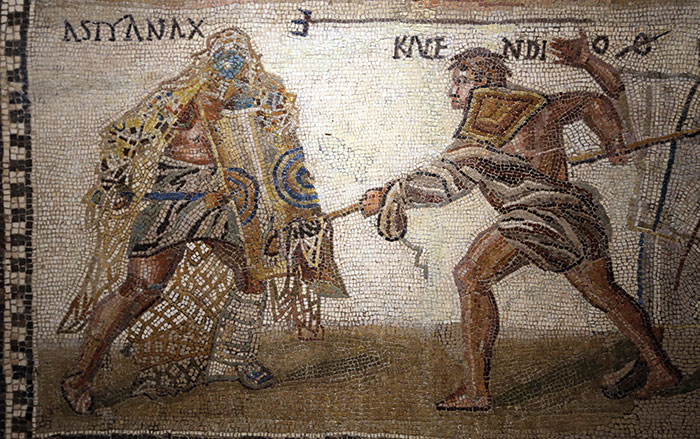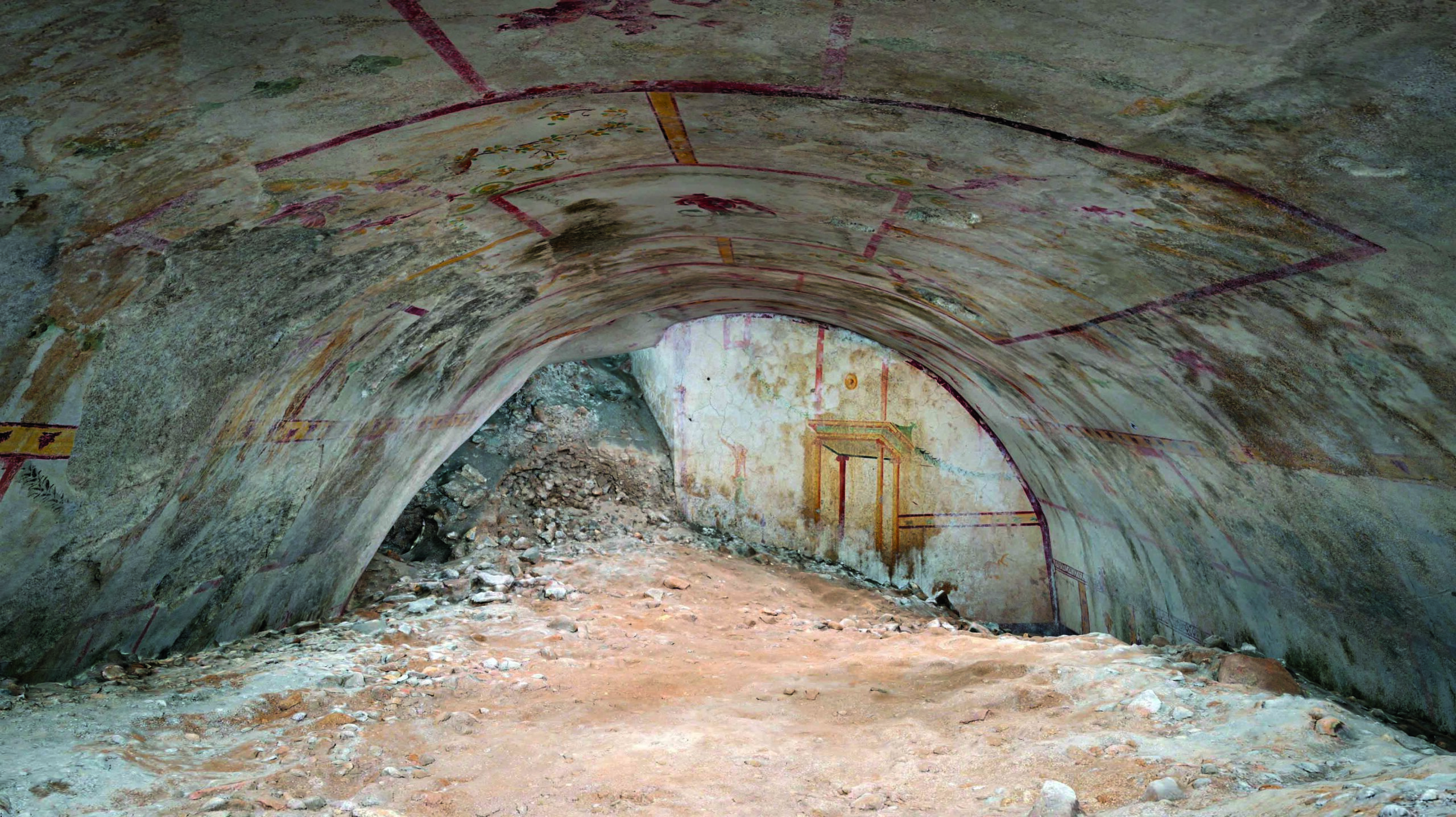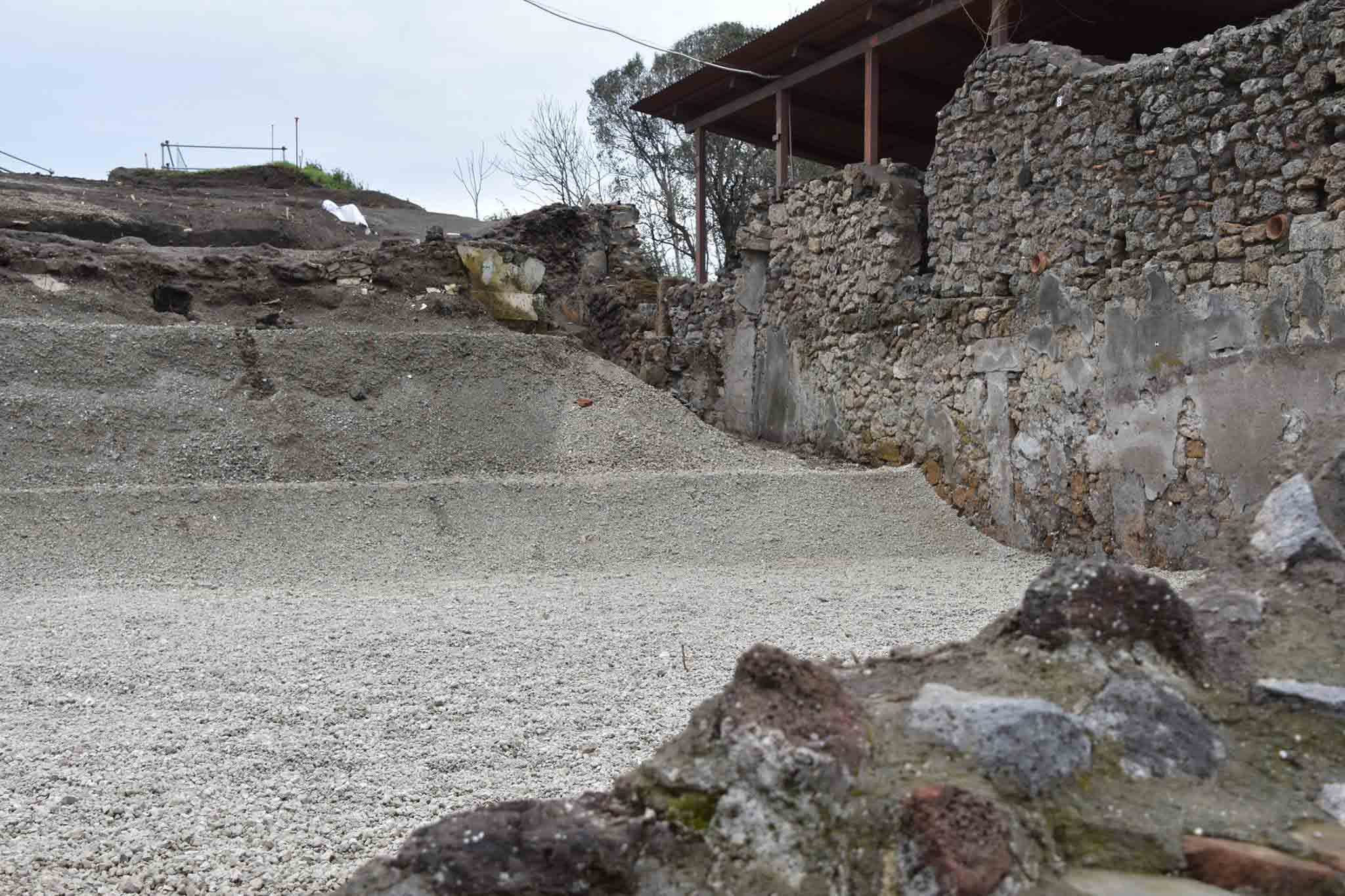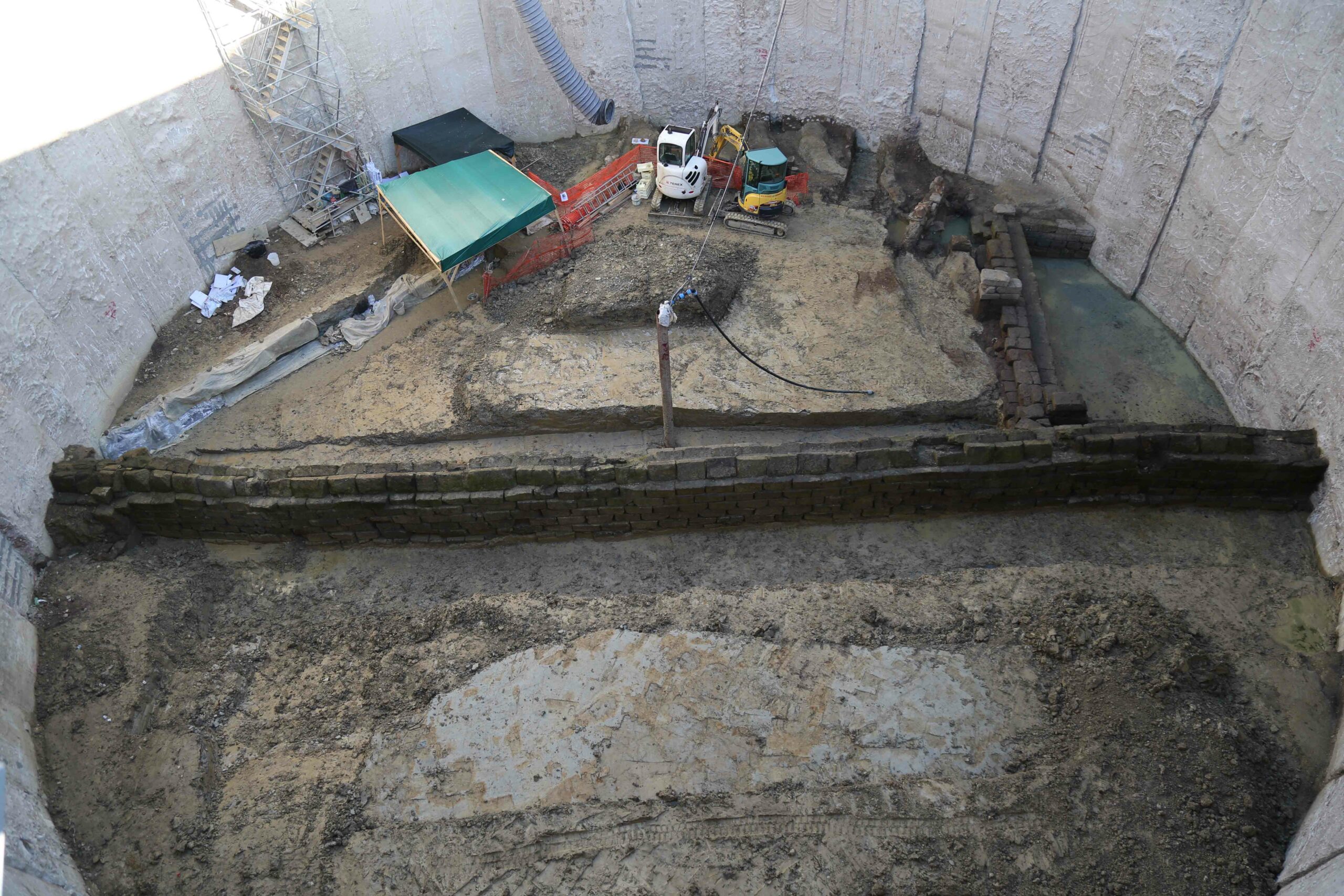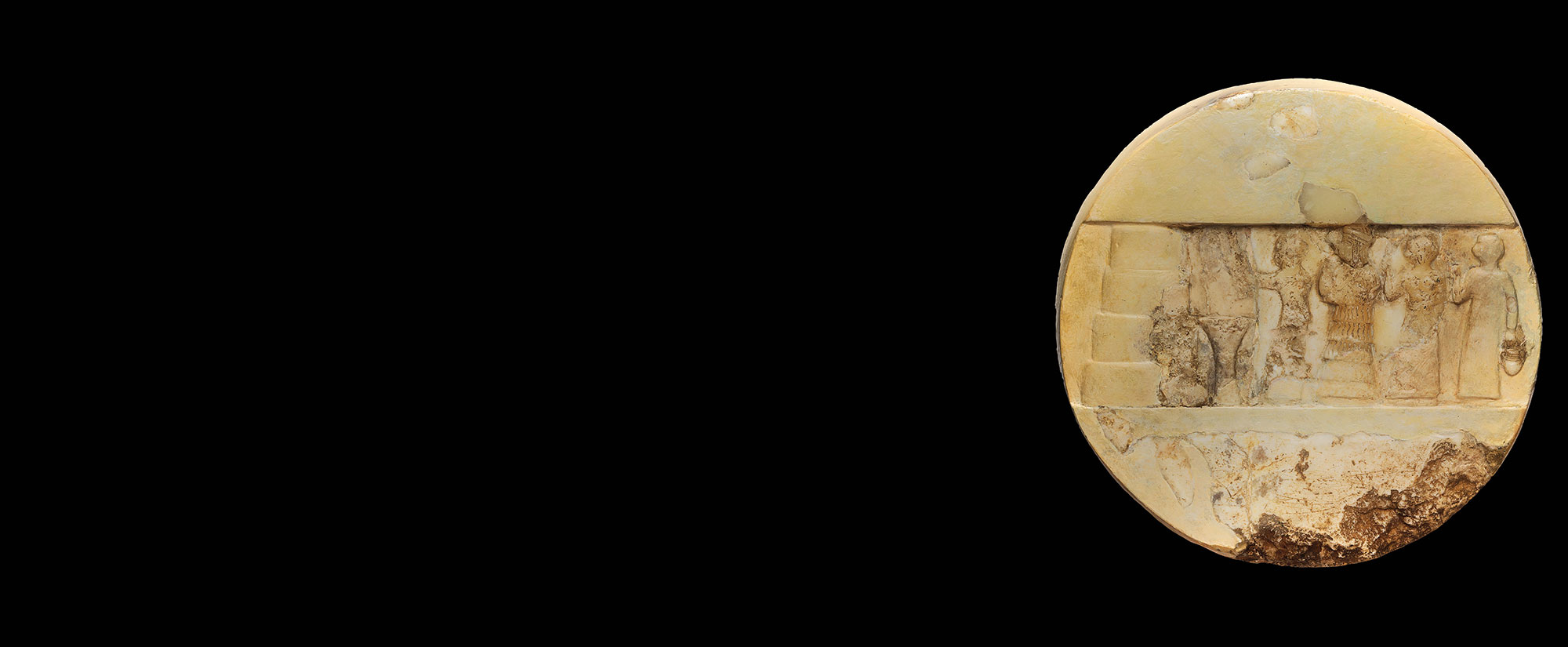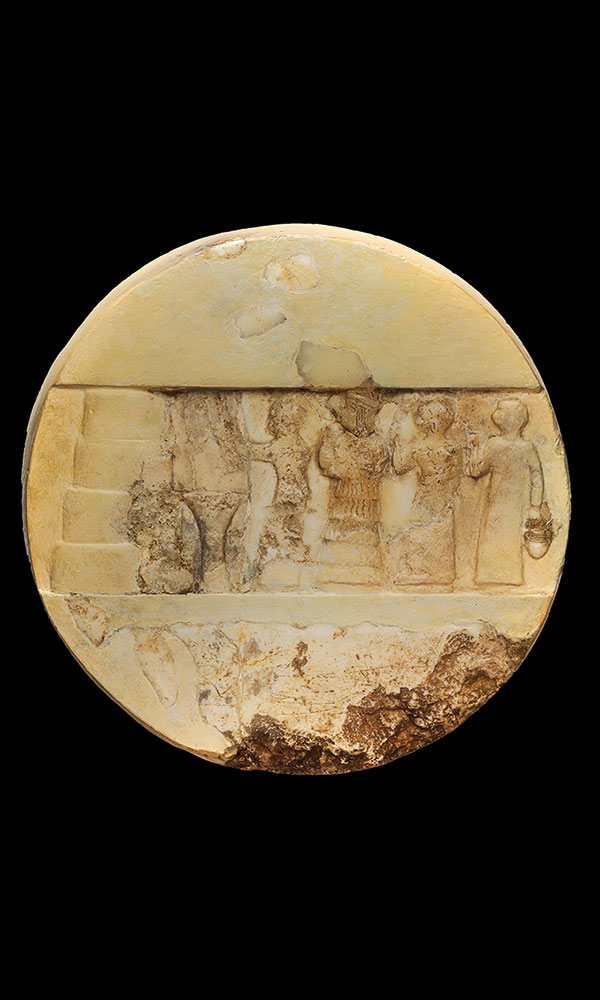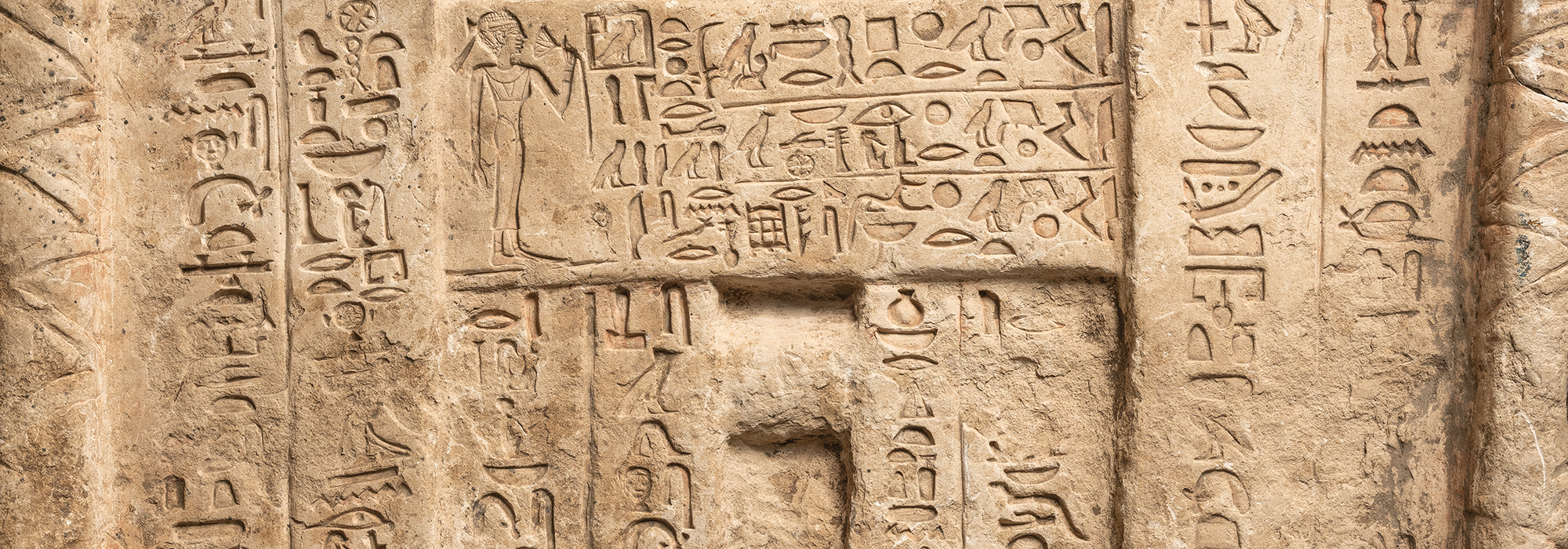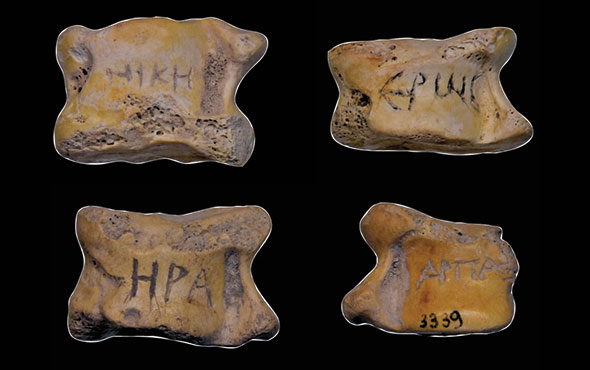
ROME, ITALY—CNN reports that an international team of researchers analyzed samples of Roman concrete taken from a city wall at the site of Privernum, which is located in central Italy. Based upon recipes for concrete found in Roman texts, it had been previously thought that Roman engineers used slaked lime (lime mixed with water) as a binding agent, said Admir Masic of the Massachusetts Institute of Technology. But Masic and his colleagues have concluded that quicklime (calcium oxide) was used instead of, or in addition to, slaked lime. The high temperatures produced by the use of quicklime formed white chunks in the concrete known as lime clasts. Tests of the quicklime concrete recipe suggest that when later exposed to water, the lime clasts dissolved into any cracks in the concrete and sealed them before they could spread, resulting in the long-lasting nature of Roman concrete. Masic and his colleagues also noted that the high temperatures produced by using quicklime to mix concrete reduced its curing and setting times. Read the original scholarly article about this research in Science Advances. For more on Roman concrete, go to "Around the World: Rome."


